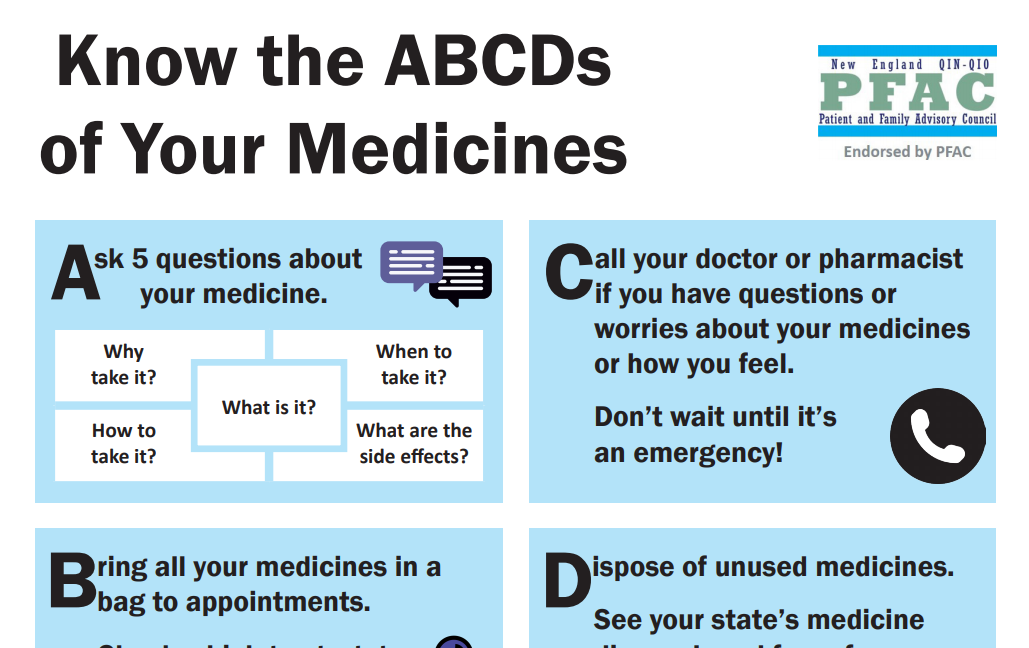This tool was developed by CMS for use by nursing home surveyors and is a valuable resource for organizations that are focusing on preventing ADEs.
It was designed to help surveyors identify:
1. The extent to which facilities have identified resident-specific risk factors for adverse drug events
2. The extent to which facilities developed and implemented systems and processes to minimize risks associated with medications that are known to be high-risk and problem-prone
3. When a preventable adverse event has occurred, evaluate if the nursing home identified the issue and responded appropriately to mitigate harm to the individual and prevent recurrence.
